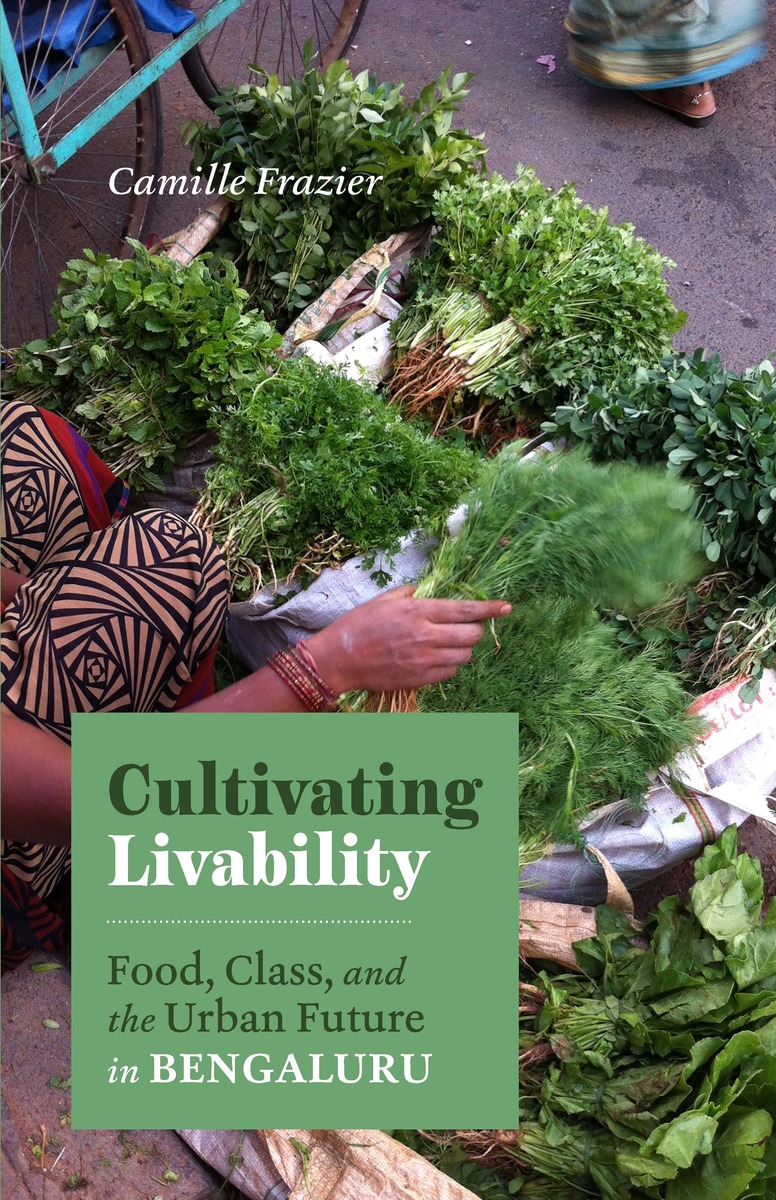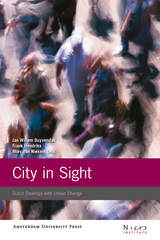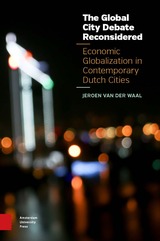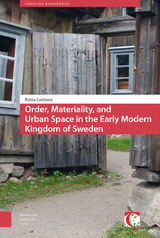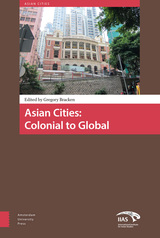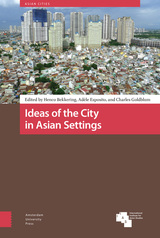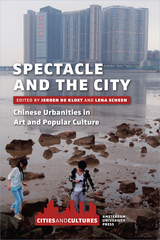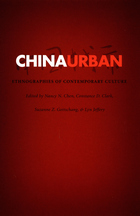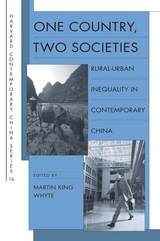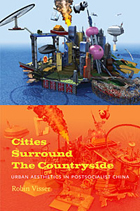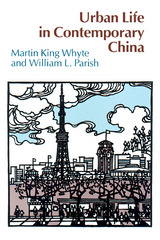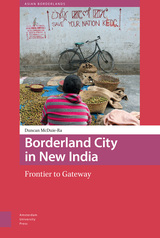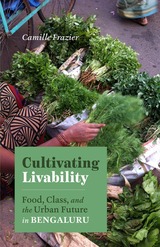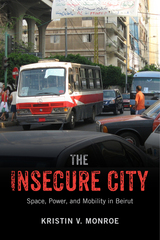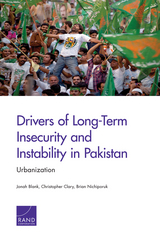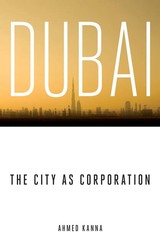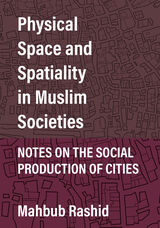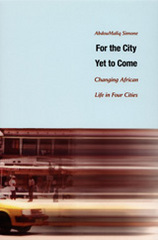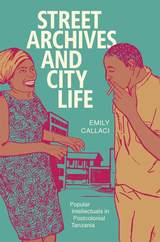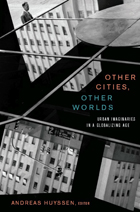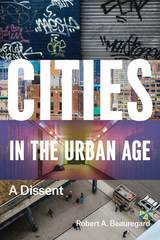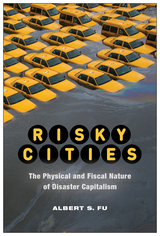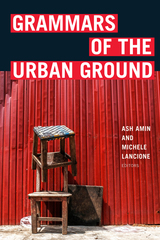Cloth: 978-1-5179-1498-1 | eISBN: 978-1-4529-7126-1 | Paper: 978-1-5179-1499-8
Library of Congress Classification HT147.I4F73 2024
Dewey Decimal Classification 338.476413095487
What urban food networks reveal about middle class livability in times of transformation
In recent years, the concept of “livability” has captured the global imagination, influencing discussions about the implications of climate change on human life and inspiring rankings of “most livable cities” in popular publications. But what really makes for a livable life, and for whom?
Cultivating Livability takes Bengaluru, India, as a case study—a city that is alternately described as India’s most and least livable megacity, where rapid transformation is undergirded by inequalities evident in the food networks connecting peri-urban farmers and the middle-class public. Anthropologist Camille Frazier probes the meaning of “livability” in Bengaluru through ethnographic work among producers and consumers, corporate intermediaries and urban information technology professionals.
Examining the varying efforts to reconfigure processes of food production, distribution, retail, and consumption, she reveals how these intersections are often rooted in and exacerbate ongoing forms of disenfranchisement that privilege some lives at the expense of others.
See other books on: Agriculture & Food | Agriculture & Food Policy | City and town life | Class | Food
See other titles from University of Minnesota Press
